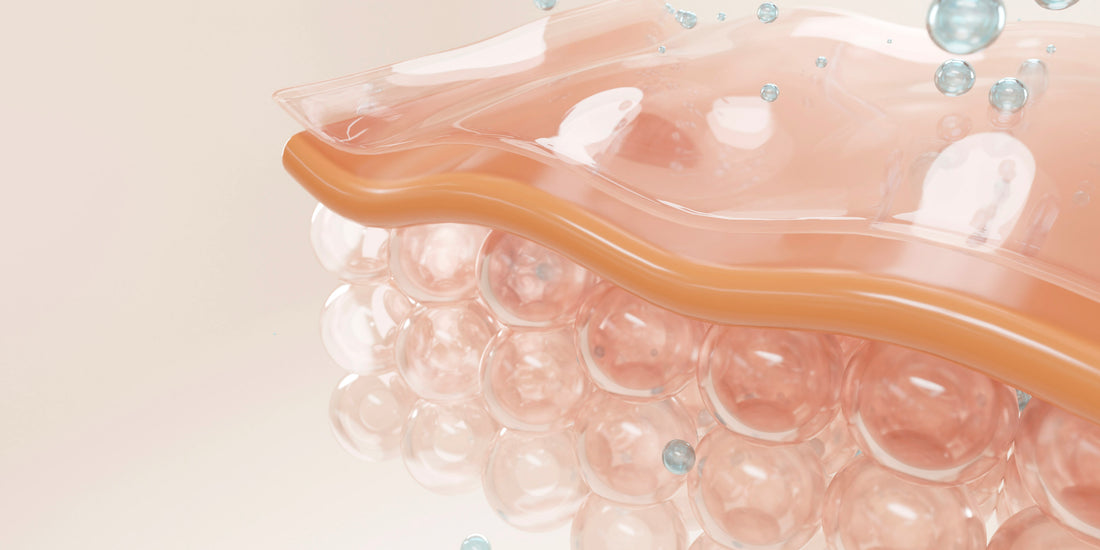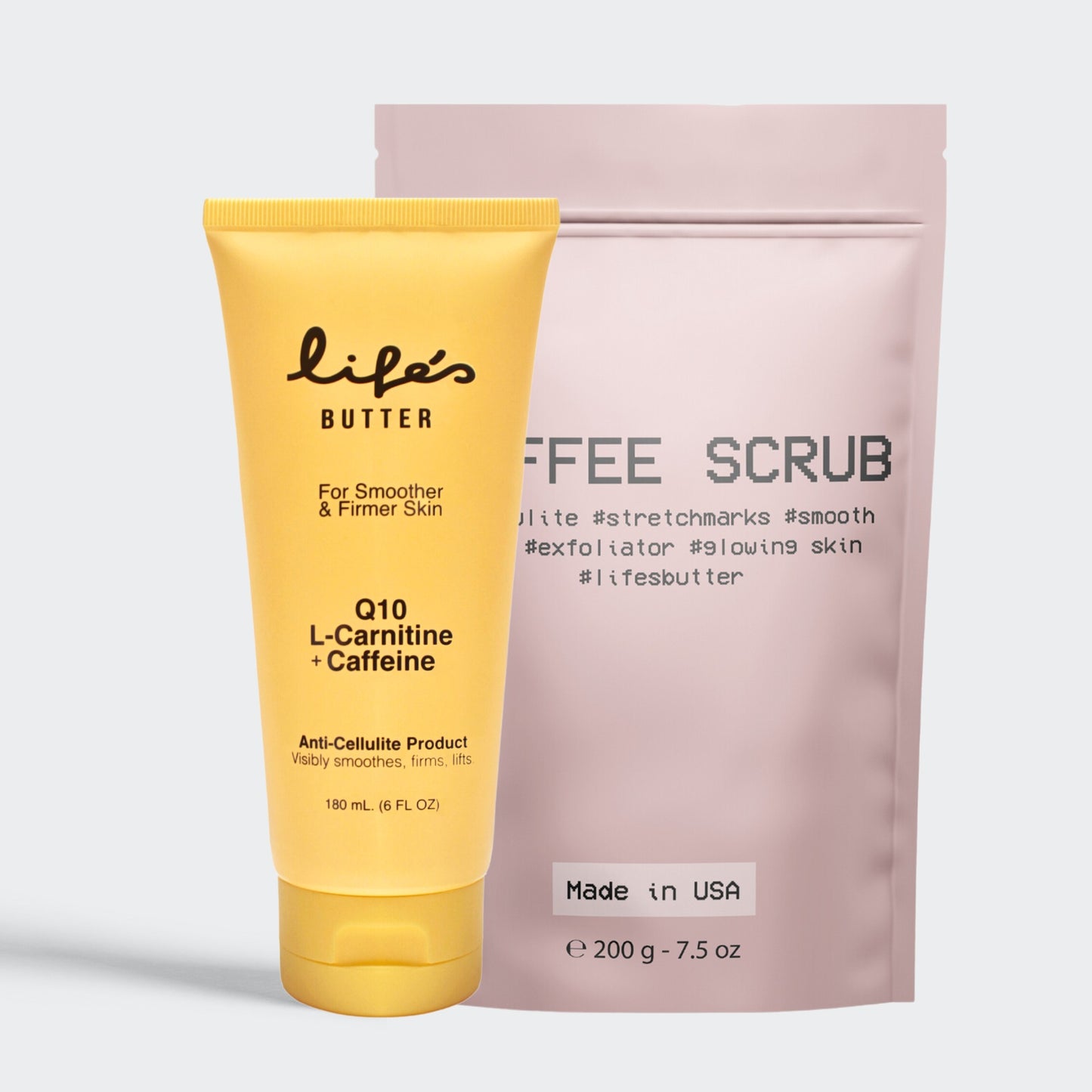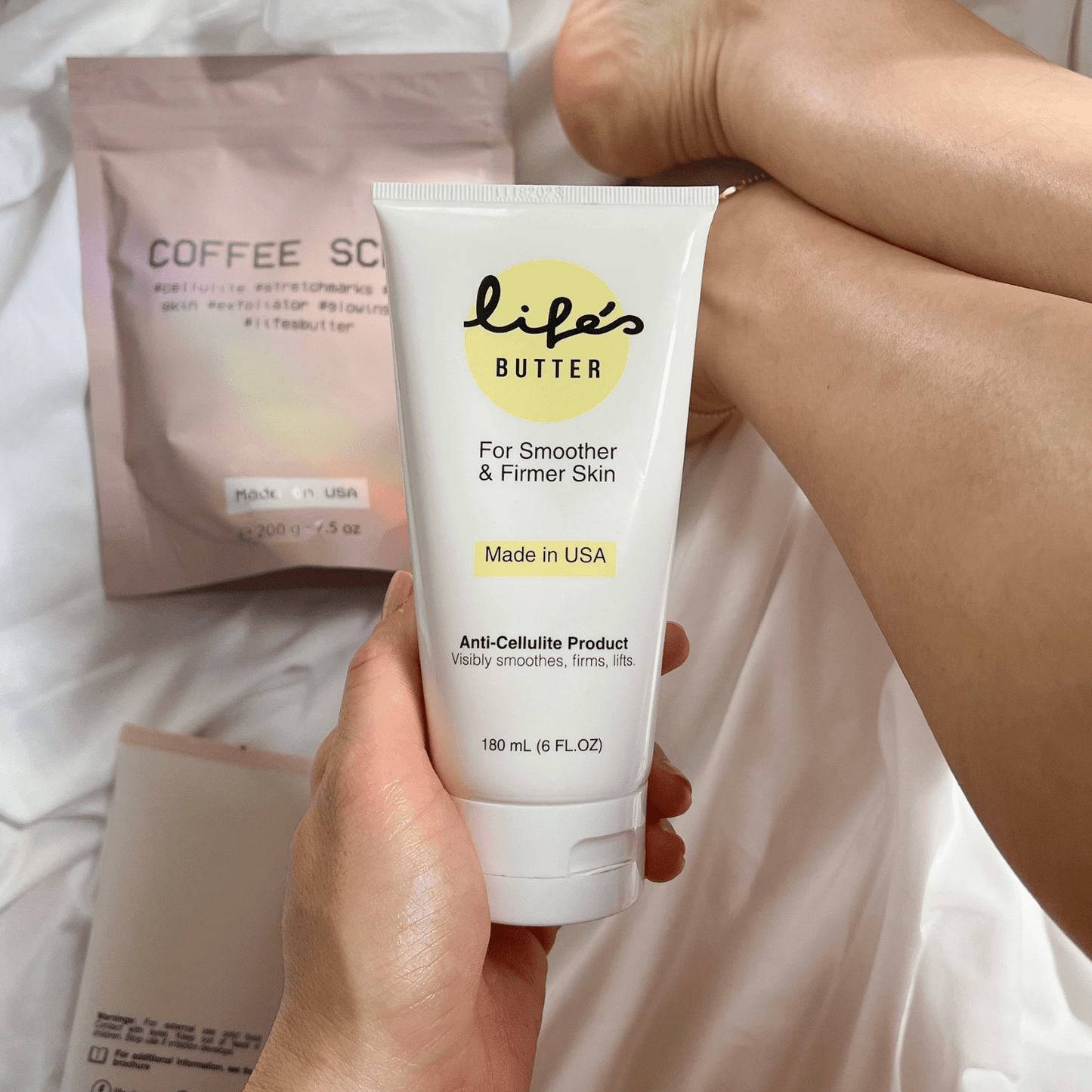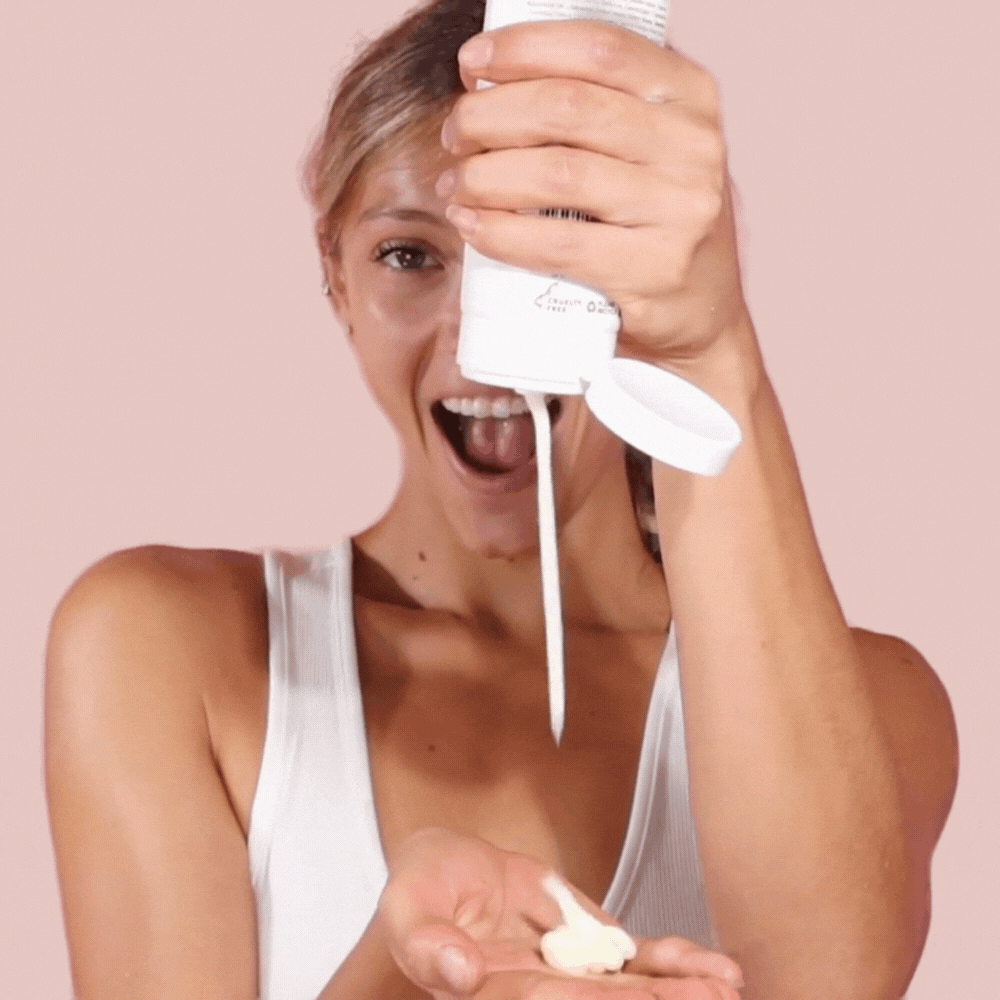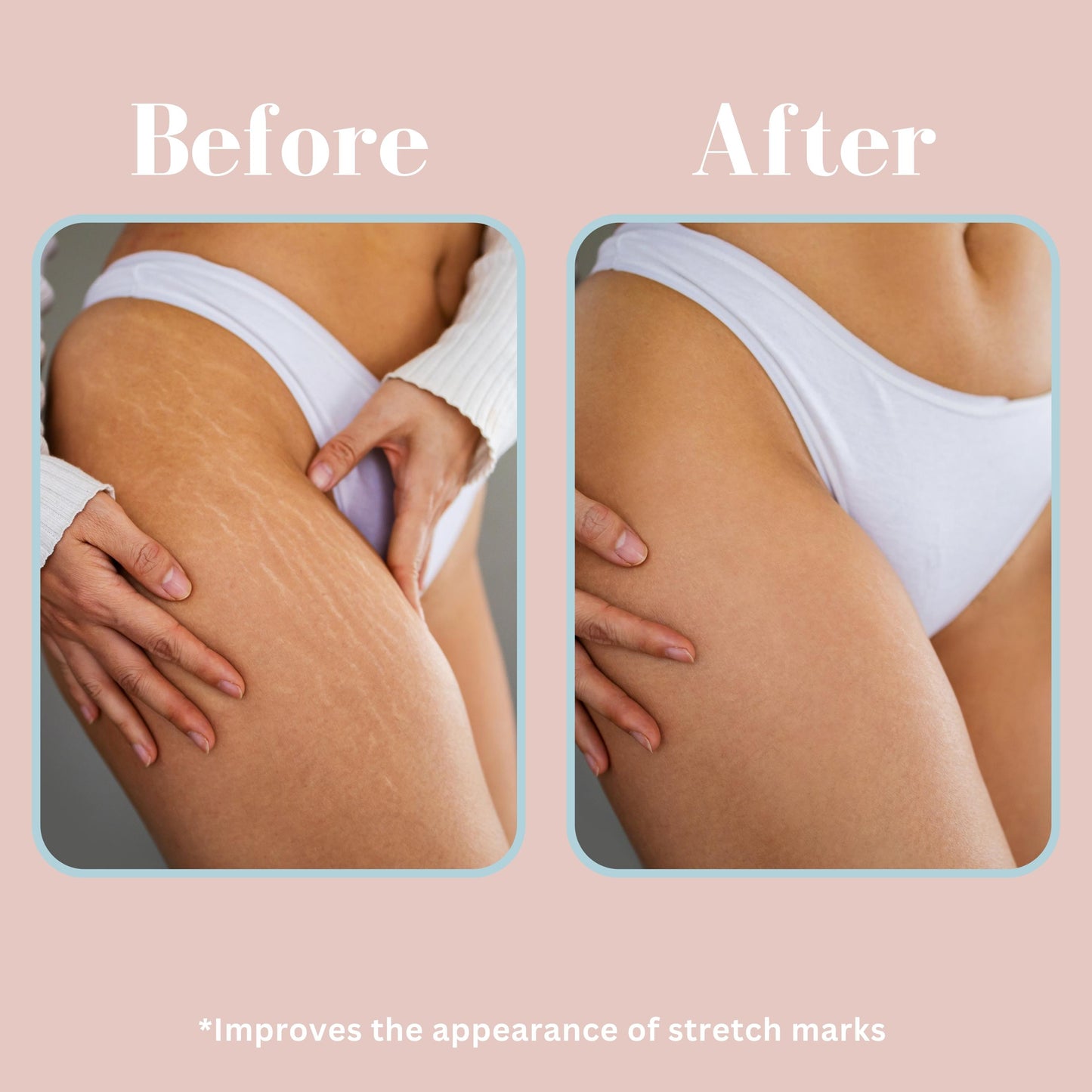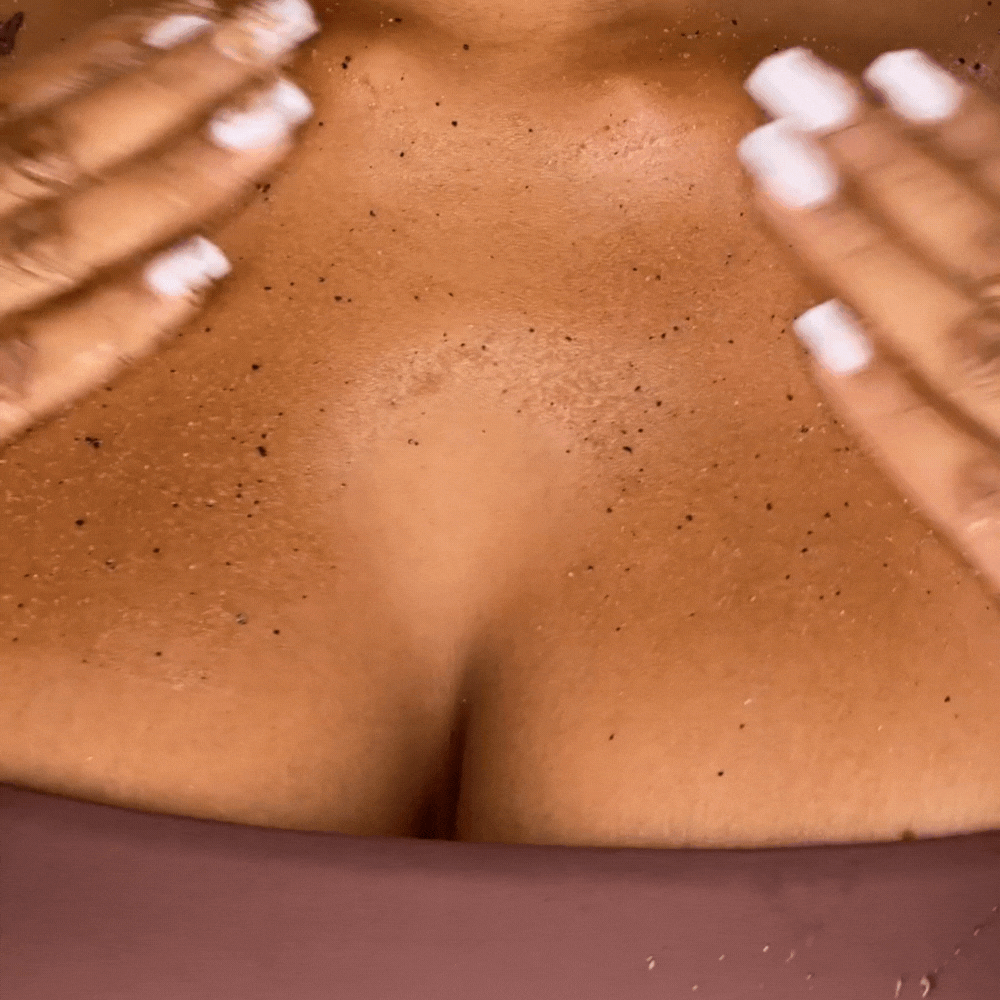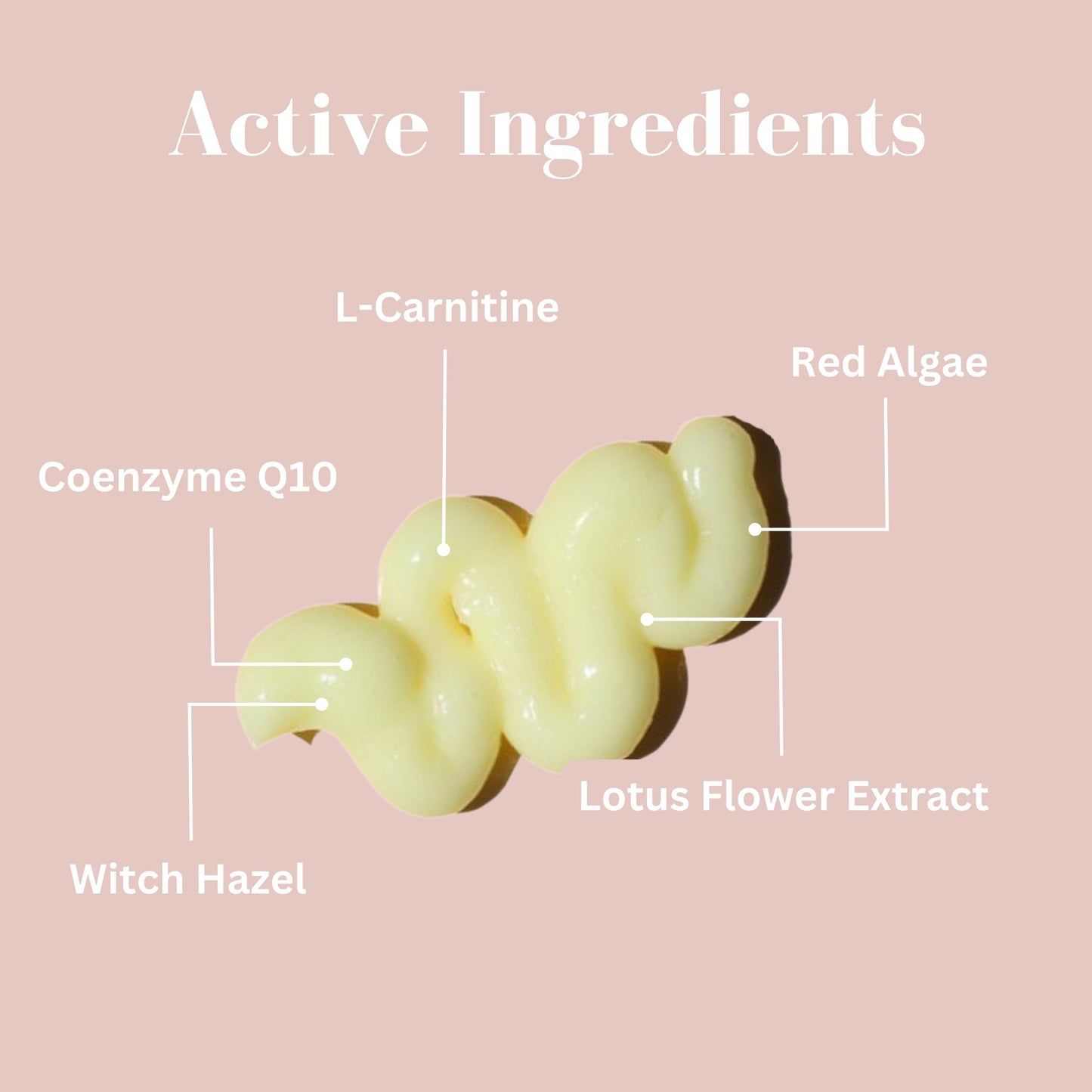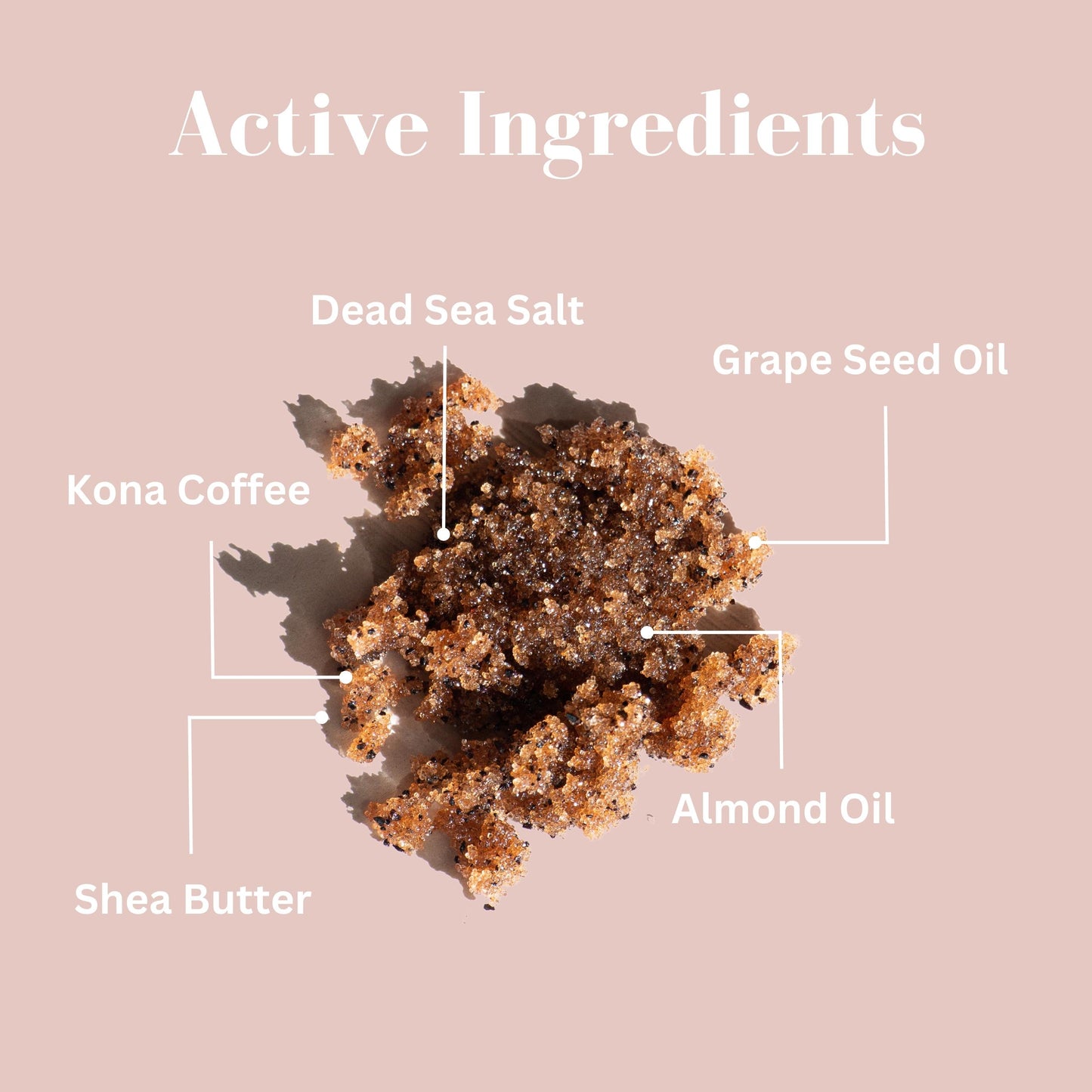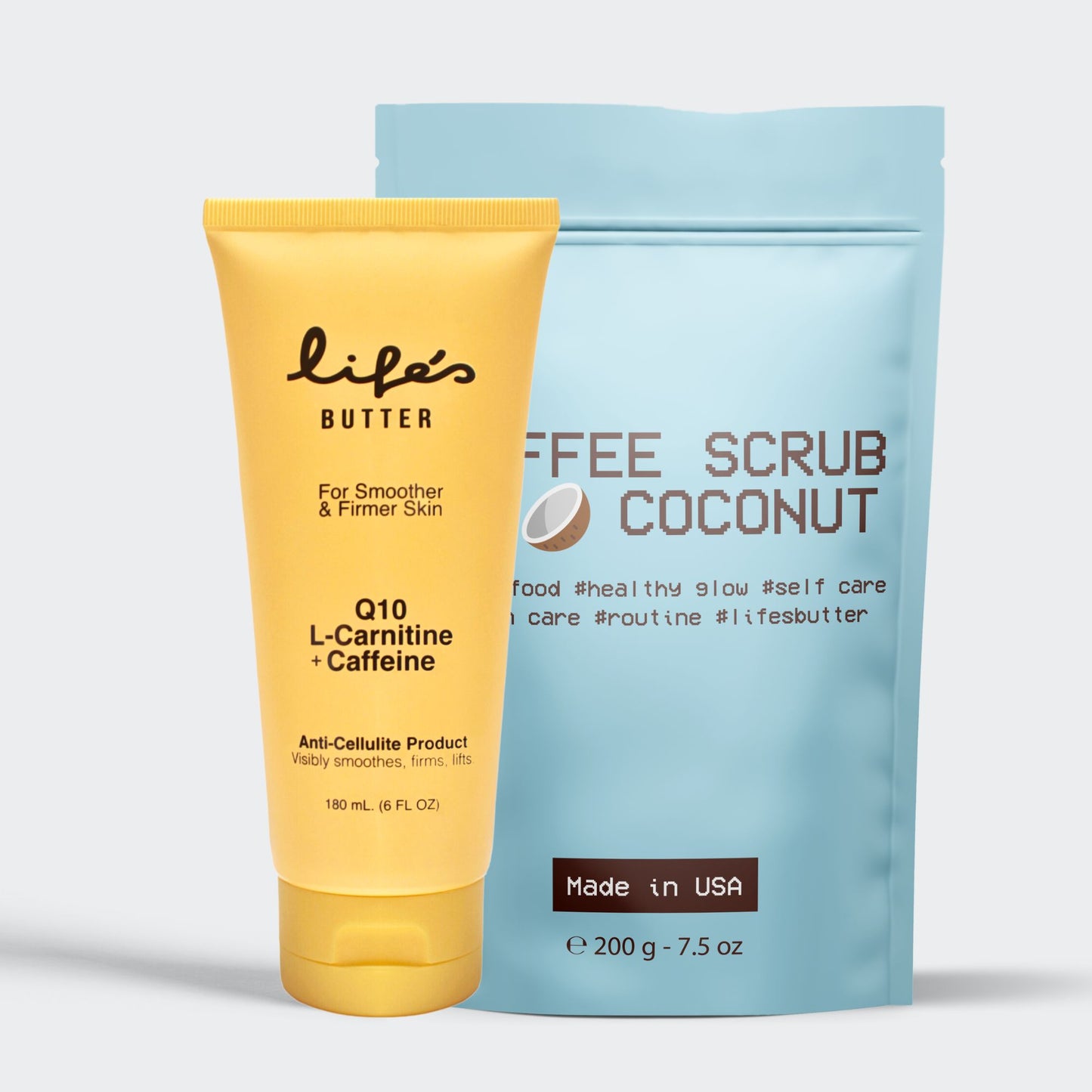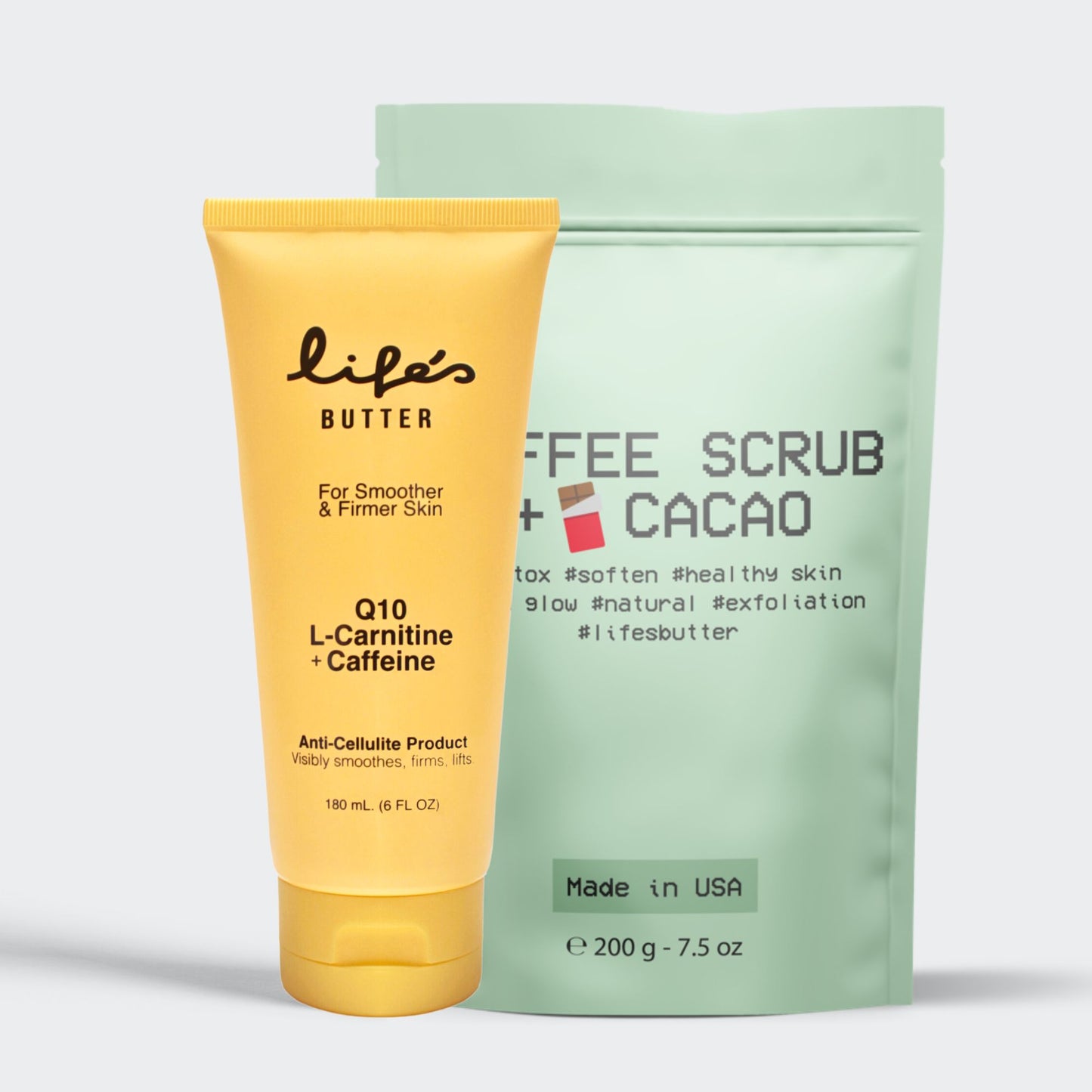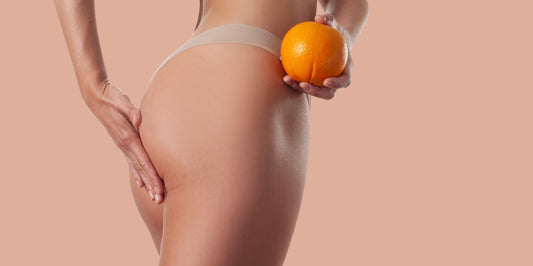Cellulite is a common, but harmless skin condition that is characterized by dimpled or lumpy skin. One of the most common areas to get cellulite is on your legs, more specifically the thighs. There are many treatments to reduce its appearance, from home remedies to all-natural creams. First, let’s explore the common causes of cellulite on the legs and how to treat them.
Hormonal Imbalances
Estrogen, insulin, thyroid hormones, and other hormones can play a role in the development of cellulite. Hormonal changes that occur during puberty, pregnancy, and menopause can also increase the risk of cellulite.
Genetics
Some people are more prone to cellulite due to their genetics. There are four factors that play a significant role in cellulite development. These are:
- Speed of metabolism
- How fat distributes
- Ethnicity
- Circulatory system
If your parents have cellulite, it is also a possibility that you will develop cellulite, but not a guarantee.
Poor Diet
Your diet also impacts cellulite development. A diet high in processed foods, salt, and unhealthy fats can contribute to the development of cellulite.
Lack of Physical Activity
Staying active and maintaining a healthy weight will not reduce the appearance of cellulite on its own, but it does boost circulation which can fade cellulite.
Dehydration
Drinking plenty of water can help keep the skin hydrated, which can get rid of excess fat cells and reduce the appearance of cellulite.
Aging
Our hormone levels change, decreasing as we age. This can affect the production of collagen in our bodies. As a result, the skin becomes less elastic and more prone to cellulite.
How to Reduce Cellulite on Legs
Now that you know the causes, here are a few things you can try to reduce the appearance of cellulite on the legs.
Unfortunately, you cannot completely get rid of cellulite, but there are several methods that may help reduce its appearance. Some of the most effective ways to reduce cellulite on the legs include:
Exercise: Regular physical activity, such as walking, running, cycling, and strength training, can help improve circulation, reduce fat deposits, and tighten and tone the skin.
Diet: Eating a healthy, balanced diet that is low in salt and unhealthy fats can help reduce the appearance of cellulite. Incorporating foods rich in collagen, such as leafy greens and berries, can also help improve the appearance of cellulite.
Massage: Massaging the affected areas can help improve circulation and stimulate the lymphatic system.
Anti-cellulite treatments: There are many products that can reduce cellulite, but it is important to be wary of false claims. Some topical treatments, such as those containing caffeine and retinol, may help improve the appearance of cellulite when used regularly. Our two most popular Life’s Butter products that reduce cellulite are the Anti-Cellulite Cream and Exfoliating Coffee Scrub.
Now that you know what causes cellulite on the legs and how to treat it, incorporate massages and anti-cellulite treatments into your routine. Furthermore, to reduce the appearance of cellulite on the legs, it is important to maintain a healthy lifestyle, including regular physical activity and a healthy diet.


